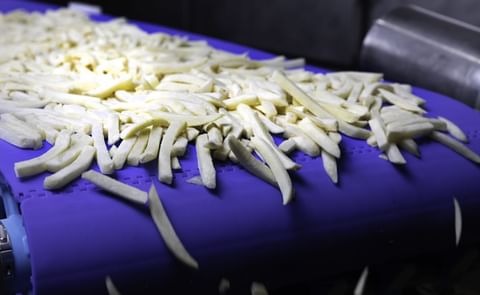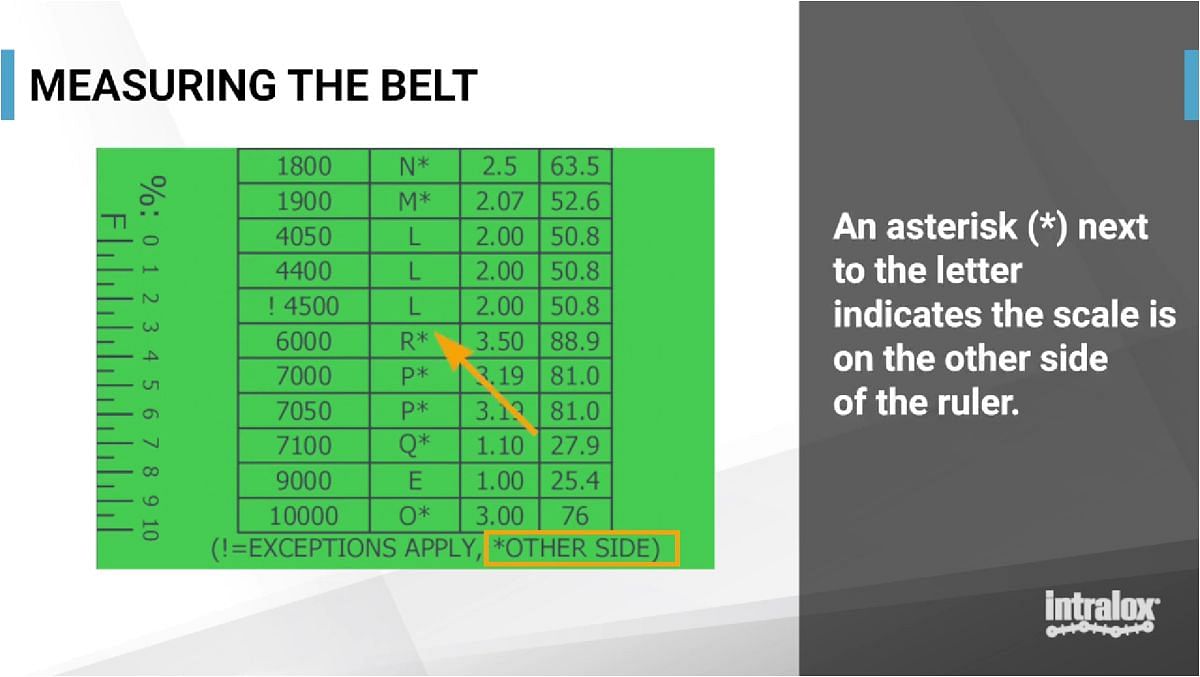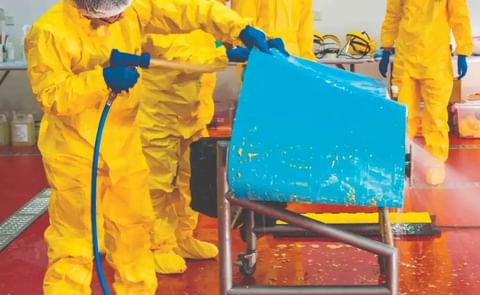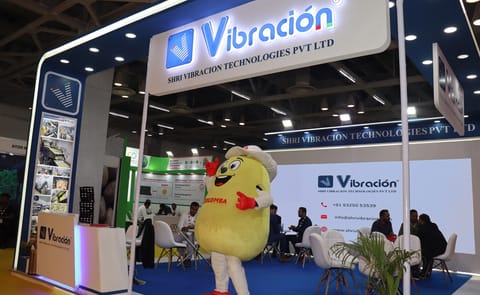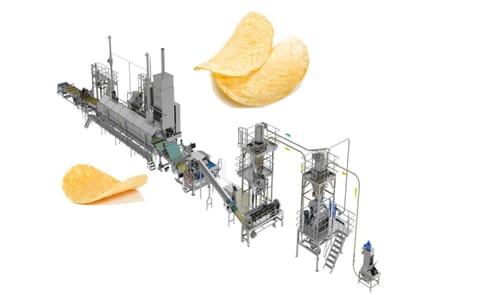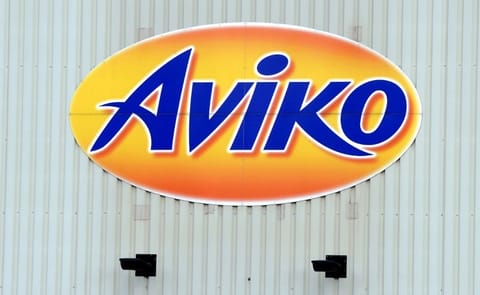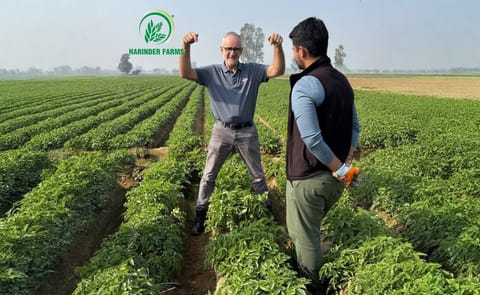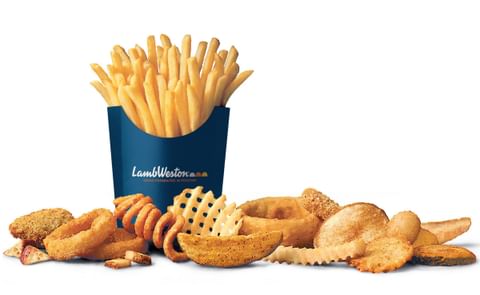Learn how Intralox prevents the top 5 causes of conveyor-related foreign material contamination (FMC) to boost food safety and protect your brand.
Foreign Material Contamination: How Intralox prevents the Top 5 Causes of Conveyor Foreign Material Contamination in Food Processing
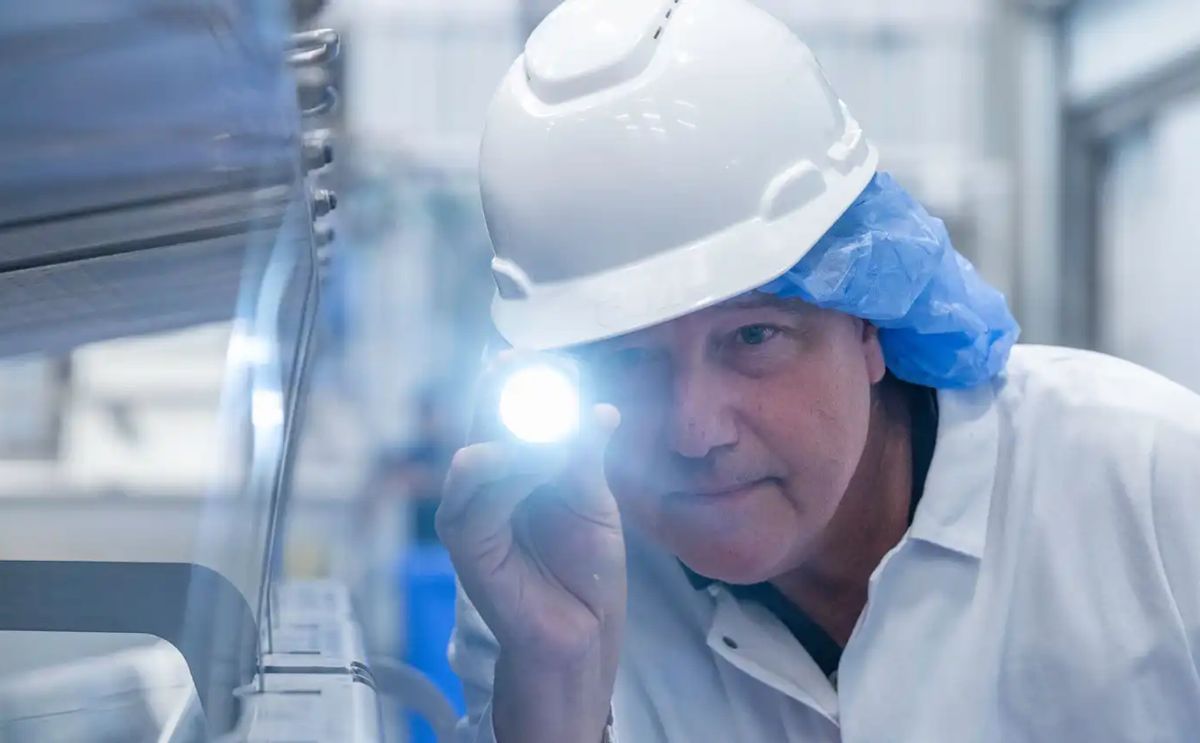
Intralox revisits FMC prevention with updated data, enhanced technologies, and actionable strategies for food processors worldwide, addressing one of the most critical and costly challenges in food safety: conveyor-related foreign material contamination (FMC).
With approximately 80% of the U.S. food supply transported by conveyors, the potential for foreign material contamination is a serious risk. FMC not only threatens public health but can cost manufacturers an average of $10 million USD per product recall—impacting both brand reputation and operational viability.
Four years after first identifying the top five causes of FMC in food plants, Intralox has returned to the field, reviewing over 1,000 conveyor systems to reassess those risks, develop new tools, and help food manufacturers proactively prevent contamination before it occurs.
David Maldonado, Applications Engineering Manager at Intralox:
"With a proactive mindset, effective strategies in place, and strong partnerships with your OEMs and suppliers, you can ensure food safety in your plant. Working to prevent these leading causes of conveyor-related foreign material contamination can help protect your products, your customers, and your company’s reputation."
Top 5 Conveyor-Related FMC Causes and Intralox’s New Solutions
Cause #1: Returnway/Carryway Setup
Improper carryway and returnway configurations—ranging from missing components to incorrect materials—are now the most commonly observed cause of foreign material contamination (FMC). Key symptoms of these issues include edge damage, belt wear, and belt sagging.
To address this, Intralox offers the FoodSafe Conveyor Program, a hands-on, in-plant initiative that pairs Intralox engineers with Commercial Food Sanitation (CFS) specialists to assess conveyor risks and lead customized workshops. During these workshops, teams learn the correct setup and preventive maintenance techniques to ensure the facility remains resilient against FMC.
As a proactive maintenance tip, the Intralox Belt Replacement Ruler can be used to estimate belt elongation and schedule timely replacements. This tool supports effective budgeting and helps maximize the lifespan of conveyor equipment.
Cause #2: Drive/Idle Setup
Improper drive and idle setup is another common cause of foreign material contamination (FMC), with the primary issue often stemming from incorrect sprocket configuration on the drive shaft. Symptoms such as belt mistracking and uneven loading usually indicate that sprockets are misaligned, whether due to initial installation or gradual drift. This misalignment can damage belt edges or wear down sprockets, both of which increase the risk of FMC.
To reduce this risk and maintain proper alignment, Intralox offers heavy-duty split retainer rings and sprocket spacers designed to withstand the demanding conditions of food processing and sanitation. By partnering with Intralox as your single supplier for sprockets, shafts, spacers, and retainers, you can ensure the correct configuration and optimal performance.
However, additional accessories like retainer rings, lock collars, and hose clamps can complicate sanitation procedures. For customers who prefer fewer components or sanitize more frequently, Intralox developed CleanLock sprockets. These sprockets maintain alignment on a specially machined shaft—also available from Intralox—without the need for retaining hardware. They can be quickly and easily installed using just a screwdriver and remain securely in place even during high-pressure cleaning.
Cause #3: Belt Handling
The third most frequently observed issue is belt mishandling. Personnel often install or remove modules incorrectly, store belts improperly, lift them off conveyors too roughly, or drop and drag belts on the floor. These actions can cause breakage, increasing the risk of foreign material contamination (FMC).
To help minimize belt damage during maintenance, Intralox offers several specialized tools. For example, the Rod Remover Tool can be used in both the carryway and returnway to ensure safe and quick rod removal when disconnecting modules.
Intralox Clean Release offers an alternative solution that enables tool-free removal and installation of the Series 800 Heavy-Duty Edge belting. Its stainless steel construction helps further reduce belt edge and rod damage.
Finally, the Intralox Belt Puller—a simple yet robust stainless steel tool—makes pulling belts through conveyors during installation easier and safer. While installing belts on large, inclined conveyors typically requires up to six people, the Belt Puller allows the task to be completed by just one or two, also reducing the risk of dropping the belt during reinstallation.
Cause #4: Catchpoints
Catchpoints—areas along the conveyor where the belt can snag—are a frequent issue we’ve observed. These snag points continuously scratch the belt edges, generating plastic dust and sometimes breaking off belt modules, which increases the risk of foreign material contamination (FMC).
To address this, the most crucial step is to ensure the belt runs smoothly across the entire conveyor while keeping the conveyor frame clear of any obstructions. This helps prevent snagging and belt damage that can lead to FMC.
For added protection, using fault-tolerant belts is highly effective. Intralox FoodSafe Heavy-Duty Edge (HDE) belting is specifically designed to resist breakage caused by misuse, incorrect orientation, and catchpoints. Internal testing shows the S2400 Radius HDE belt lasts over three times longer than competing radius belts. Combined with PK (Polyketone) material, it becomes the strongest and safest modular plastic belting solution for food manufacturers.
Cause #5: Chemical Compatibility
One of the most challenging causes of foreign material contamination (FMC) to identify is the compatibility between your conveyor belting and the chemicals it encounters. These chemicals can vary widely depending on your application—they may come from the products being conveyed, such as acidic snack foods, or from the sanitation agents used during cleaning.
David Maldonado:
"If the chemicals you’re using to clean aren’t compatible with the conveyor’s belt material, they can weaken the belt over time, making it prone to breakage, We suggest working with your chemical and belt suppliers to proactively conduct a chemical compatibility review."
To support this effort, Intralox offers helpful resources like a chemical compatibility chart designed for meat, poultry, and seafood (MPS) plants. This chart provides guidance on how common belt materials react with various cleaning chemicals and sanitizers. Additionally, Intralox’s Commercial Food Sanitation (CFS) team offers hands-on training and digital short courses to enhance your team’s sanitation knowledge. If you have questions about specific chemicals, Intralox experts are available to help assess their potential impact on belt lifespan and breakage risk, ensuring your facility remains FMC-resilient.
Proactive Prevention
Understanding the causes of foreign material contamination is the first step to reducing your risk. When you’re ready to take action, contact Intralox Customer Service for expert support tailored to your facility.
Uitgelichte Bedrijven
Producten
